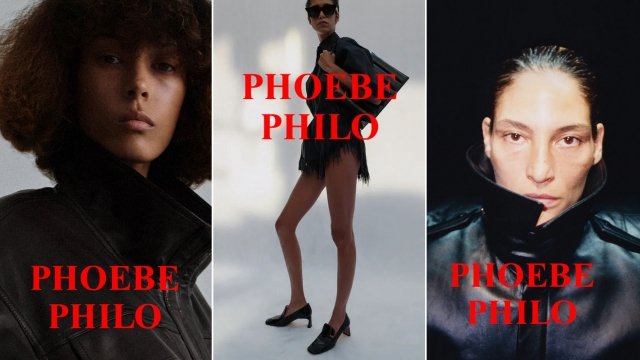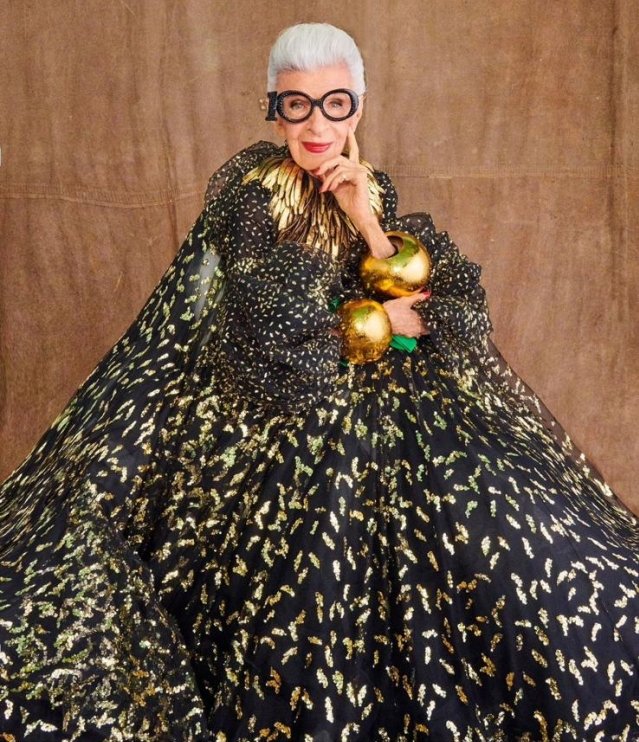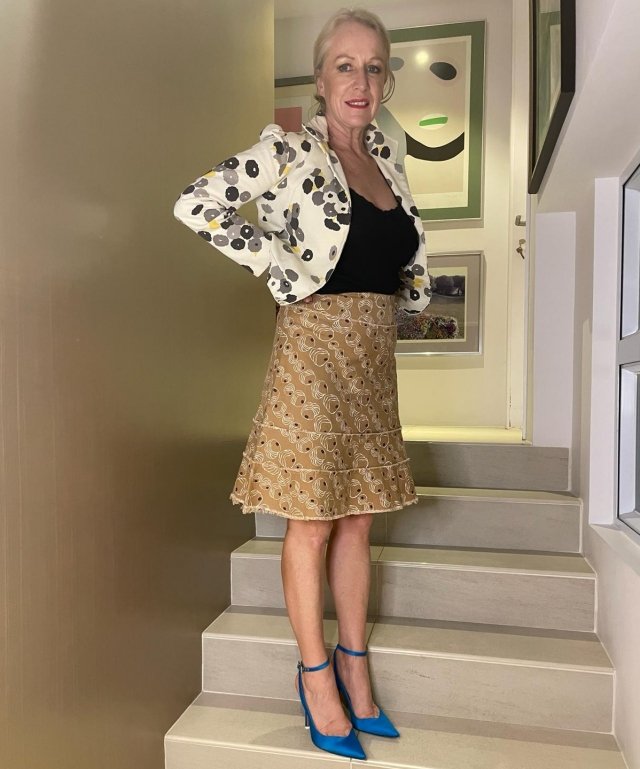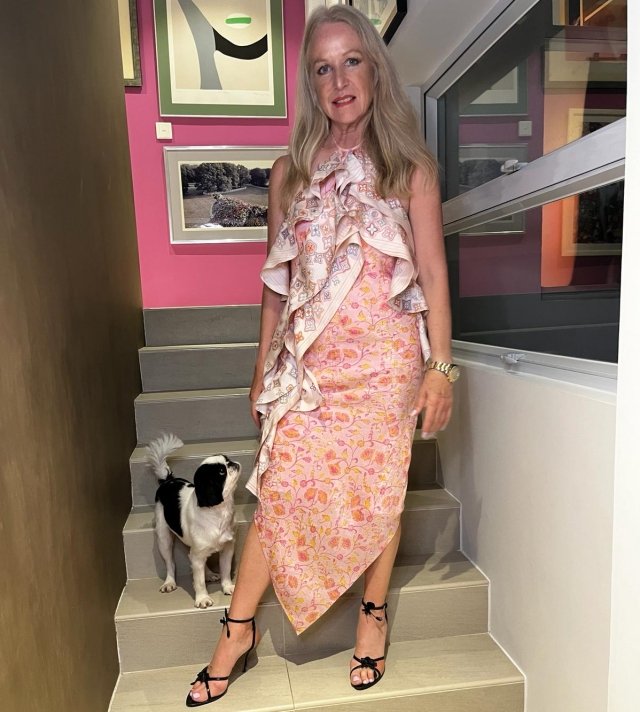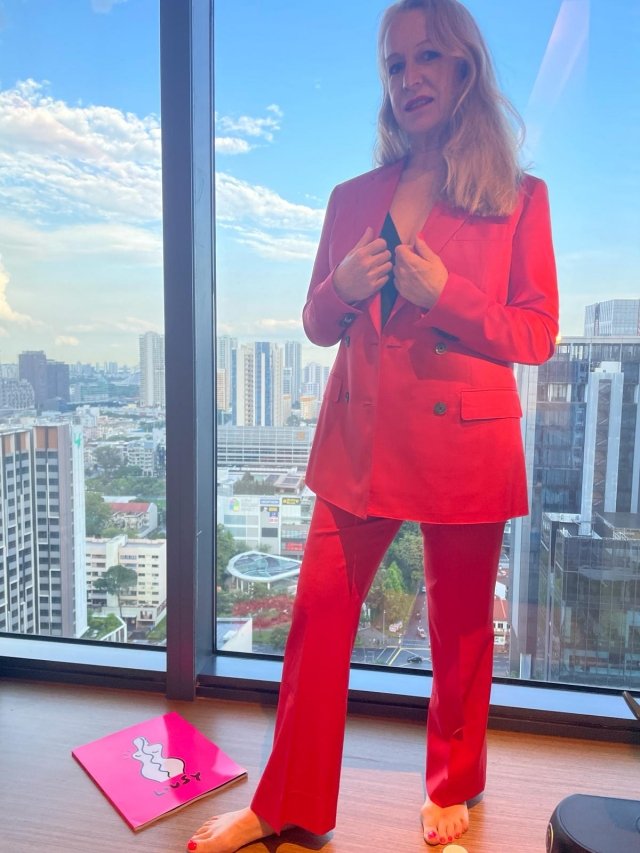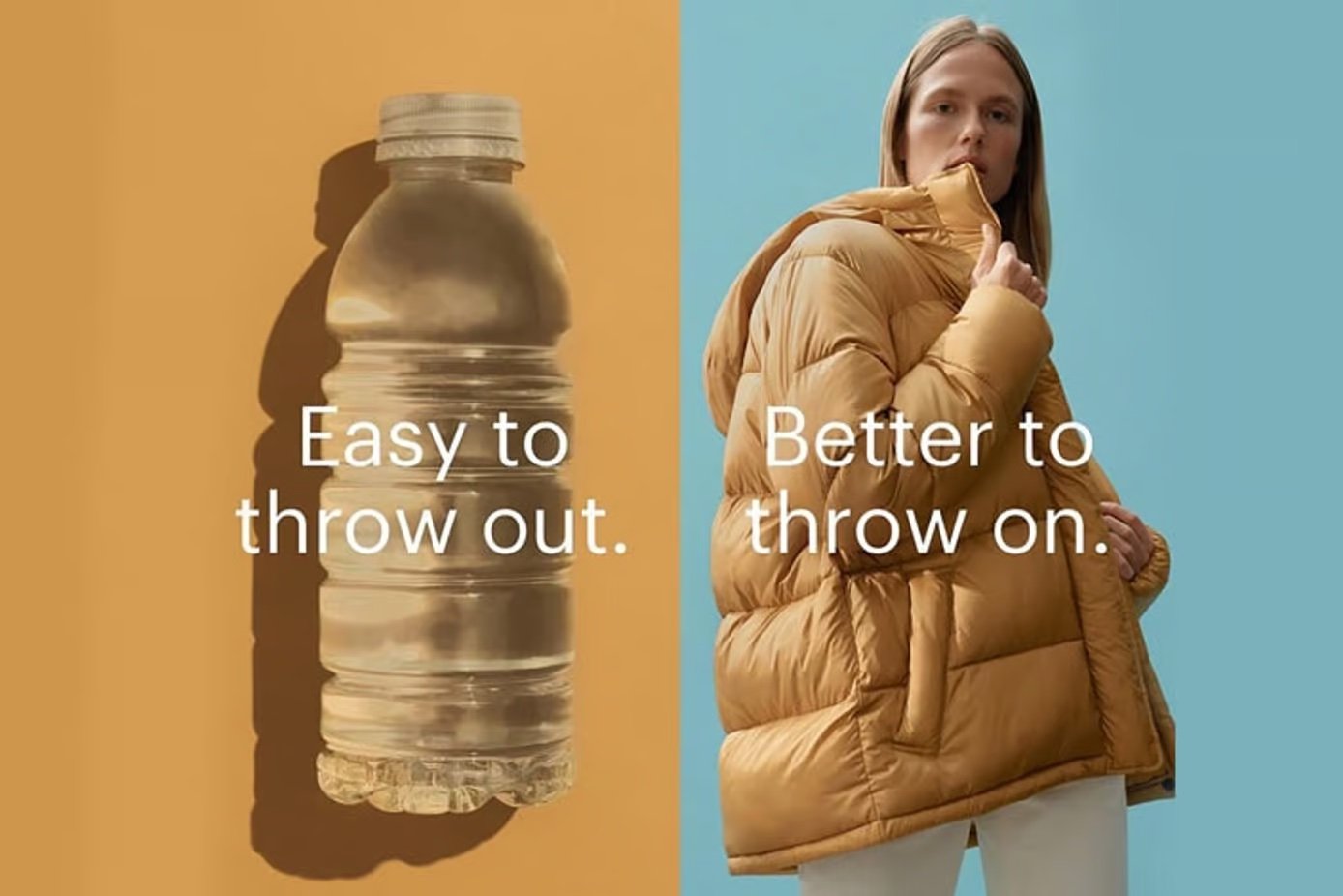There seems to be a new mood and direction emerging in the fashion space, which coincides with my own mood and somewhat change of direction or view of the industry.
In this blog, we’ve talked a lot about the huge growth of the luxury goods industry. How owning a very expensive bag, whether that be Hermes, Louis Vuitton or Celine, has become an everyday thing for many people. YouTube has numerous, let’s say endless, luxury bag collectors talking about their high-price acquisitions. We have also talked about the tremendous growth of fast fashion over the past couple of decades. As you know, I have been rather exasperated that this behaviour of over-consumption in the industry has become so normalised. We’ve also seen the emergence of super fakes as a way to have these desirable items without actually having to pay for them (if you know what I mean). I’m sure I’ve written a couple of times, asking what is really going on here and why everything got so strange and somewhat unfathomable. Too much and too often. Is more ever better?
Image curtesy of Style Magazine
At its best, fashion is like art; it is created by somebody with a vision of the world or a vision of how they want the world to be, and that’s why we love it. It is the expression of somebody who has a commitment to making life more beautiful, more magical, freer, more expressed, and more efficient—overall, an improved experience of living life.
Image Credit - Apple TV
I recently watched the Apple TV series “The New Look”, which traces the early years of Dior and how Christian Dior had to fathom his own depths of devastation during WW2 and put behind him the darkness to create a new era of French fashion or modern clothing for the world—going beyond his sadness and beyond the gloom, persecution and atrocities that gone before. What I was left with (and reminded of through a dear friend) was how much the beauty of clothing takes us to a new place and a new sense of hope, desire and possibility. Through our clothes, we can create something so magical, new and inspiring. If you haven’t seen “The New Look”, I do recommend it. The similarities to what’s happening right now in the world are a bit too close for comfort, but the characters are so well-developed, especially Christian Dior and his magnificent sister Catherine. It really encapsulates his vision for the future when he could so easily have just given up, thinking it was too hard for him to follow his dreams at that time.
The finale had me thinking or wondering what that era in Paris must’ve been like. These designers were all so close, supporting each other; even though they were fighting at times, they were connected, or so it seems (hard to say what is real when it’s a TV Docu-drama). It seemed that they were all committed to making something important for France and the future of fashion, and that’s where we find ourselves now.
Dior is a huge brand and business. Since being acquired by LVMH, it has grown from strength to strength, currently being one of the top 100 companies in the world, with a market cap of 147.8Bn. The brand does create a unique, authentic female spirit due to the magnificent Maria Grazie Chiuri. They have created something that is quite beautiful and iconic and, unfortunately, over-produced and easily copied.
Sadly, much of branded fashion is like that. Too much of it is available, much of the craftsmanship is made in factories, and there are many stories of quality issues. What seemed so desirable has lost its pull.
Image credit: Phoebe Philo
Now, then, how about the emergence of designers forging their own ways? This is really the inspiring movement that I’m touching on here. Phoebe Philo launched her own collection in such a quiet and magnificent way. Through digital drops, no social media, no advertising, no big hype, just dropping and selling out. She doesn’t really care if you think it’s too expensive; she’s going to sell it anyway. She’s not spending a fortune putting it on the carpet; it’s going to sell anyway. Likewise, The Row banned social media from their shows. The whole over-information trend, over-exposure, has gone in the opposite direction, and it’s very refreshing. We don’t need to be told why something is important to buy. We don’t need to see it everywhere to be convinced; this is the exciting new emergence in fashion. It seems we are going back to the 1950s when fashion became all about a new era and new time in the world. People are committed to creating beauty, inspiration, and a new direction for the Future of Fashion.
Graphic by guest designer Tori Wilkins (http://toriwilkins.com).
Isn’t it exciting?
As always, have fun, love life, and enjoy fashion.
Love, Kate xx



